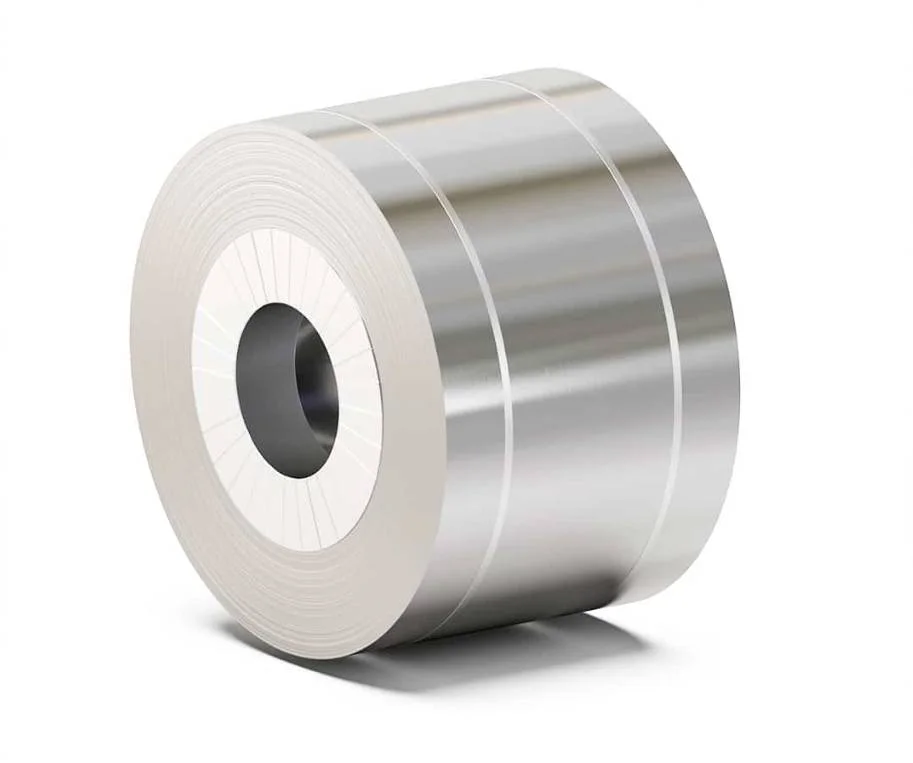Choosing the right packaging material can make or break product performance. 8011 Aluminum Foil has emerged as a go‑to solution for food, pharma, and specialty packaging. Yet, many buyers struggle to understand its versatility, cost drivers, and application best practices. In this deep dive, we’ll unpack five amazing uses of 8011 Aluminum Foil, address common sourcing challenges, and share real success stories. By the end, you’ll have a step‑by‑step roadmap for integrating this foil into your packaging line—no guesswork required.
Problem—Sourcing the Right 8011 Aluminum Foil
Many procurement teams face three core challenges: vague specs, inconsistent quality, and hidden costs. First, some vendors omit key alloy data, making performance unpredictable. Second, without in‑line testing, batches vary in tensile strength and thickness. Finally, pricing models often hide logistics and tooling fees. Consequently, projects stall, waste mounts, and budgets blow out.
Solution—Clear Specification and Quality Assurance
Demand Complete Datasheets
Insist on full chemical composition and temper reports. 8011 Aluminum Foil typically contains ≥ 99% Al with ~ 1% Mn for strength and formability. These datasheets prevent unexpected tearing during conversion.
Verify Mechanical Properties
Choose suppliers with ISO 9001 labs that test yield strength and elongation on every coil. Standard yields of 95 MPa and elongation of 12% ensure reliable performance in packaging operations.
Negotiate Transparent Pricing
Break down quotes into raw‑material, processing, testing, and shipping. Therefore, you avoid late‑stage invoice surprises. Fixed‑rate contracts tied to metal indices also hedge against market swings.
Five Amazing Uses of 8011 Aluminum Foil in Packaging
Below are five standout applications where 8011 Aluminum Foil truly shines.
1. Food Packaging Foil
8011 foil offers superior moisture and oxygen barriers, extending shelf life for meats, ready‑meals, and dairy. In Europe alone, 75% of aluminum foil goes into food packaging . Its clean, hygienic surface prevents flavor transfer, while its malleability allows for intricate pouch designs.
2. Pharmaceutical Packaging Foil
For blister packs and strip packs, 8011’s purity and consistent gauge ensure accurate dose delivery and seal integrity. Regulatory bodies demand foil thickness tolerances of ±0.005 mm—metrics that certified 8011 foil readily meets. Meanwhile, its corrosion resistance safeguards sensitive APIs.
3. Induction Sealing Foil
In induction sealing, a foil liner bonds under an electromagnetic field to hermetically seal container openings. 8011 Aluminum Foil conducts heat evenly, creating reliable seals without damaging contents This non‑contact process ensures tamper evidence and shelf‑stability for liquids and creams.
4. Decorative Packaging Foil
Gold, silver, and custom‑printed 8011 foils add premium appeal to confectionery and cosmetics. High‑resolution embossing and foil stamping use 8011’s uniform thickness and ductility to achieve fine detail—ideal for luxury gift boxes and wraps.
5. Laminated Aluminum Foil Structures
When laminated with PET, paper, or PE, 8011 foil forms multi‑layer barriers that combine mechanical strength with printability. These pouches and sachets are staple formats for snack foods, coffee, and industrial powders, offering both aesthetic versatility and high barrier performance.
Case Study—First‑Person Packaging Win
I recall a fast‑moving CPG brand that struggled with pouch failures. They switched to 8011 Aluminum Foil laminates from a certified supplier. Sealing defects dropped from 5% to 0.3%. The brand even reduced overwrap thickness by 10%—saving 12 tons of material annually. Honestly, that transformation convinced me that the right foil choice drives both quality and savings.
Comparative Analysis Table: 8011 vs. 3003 Foil
| Feature | 8011 Aluminum Foil | 3003 Aluminum Foil |
|---|---|---|
| Alloy Composition | ≥ 99% Al + ~1% Mn | 98% Al + 1% Mn + 1% Cu |
| Tensile Strength (MPa) | 95 | 145 |
| Typical Thickness Range (mm) | 0.016–0.20 | 0.02–0.25 |
| Formability | Excellent | Good |
| Barrier Performance | High moisture & oxygen barrier | Moderate |
| Common Uses | Food, pharma, induction sealing | Bakery, general packaging |
⚠ Note: Don’t assume higher tensile always means better barrier. 8011’s high purity yields superior corrosion resistance.
Step‑by‑Step Guide to Integrating 8011 Foil
-
Define Application Specs: Barrier requirements, pouch format, and thickness.
-
Request Samples: Test sealing, formability, and barrier properties in your lab.
-
Review Supplier QA Reports: Ensure ISO 9001 certifications and batch traceability.
-
Negotiate Volume Pricing: Leverage tiered rates for 1–10 tons, 10–50 tons, etc.
-
Pilot Production Run: Validate production line settings—temperature, dwell time, and pressure.
-
Full‑Scale Deployment: Monitor defect rates and material usage for continuous improvement.
Meanwhile, mapping these steps to your launch timeline prevents last‑minute quality crises.
⚠️ Common Misconceptions
⚠ Attention: Watch out for these myths:
-
“Any aluminum foil works.” Different alloys yield vastly different barrier and formability properties.
-
“Thicker foil is always better.” Beyond a point, extra thickness adds cost without performance gains.
-
“Printing directly on foil is easy.” Foil requires specialized inks and treatment to ensure print adhesion.
However, early testing and clear specs mitigate these pitfalls.
Final Practical Checklist
-
Define Requirements: Application, barrier level, thickness.
-
Sample Trials: Sealing, print adhesion, barrier tests.
-
QA Verification: ISO certificates & batch traceability.
-
Compare Alloys: 8011 vs 3003 based on real data.
-
Negotiate Pricing: Secure tiered volume discounts.
-
Pilot Runs: Validate line settings and defect rates.
-
Review Packaging Fit: Check pouch integrity in cold and hot fill.
-
Monitor Metrics: Scrap rate, customer complaints, material yield.
-
Plan Audits: Schedule annual supplier audits.
-
Document Everything: Specifications, test results, and change orders.
By following this checklist, your team will harness the full potential of 8011 Aluminum Foil, achieving robust, reliable, and eye‑catching packaging that delights consumers—every time.












